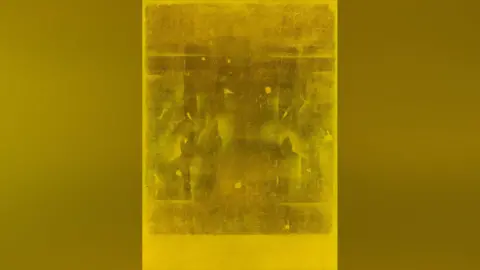Anahita SachdevBBC News, Delhi
 Saffronart
SaffronartA radiant golden canvas layered with subtle textures and faint shapes, exuding both energy and tranquillity.
This untitled…

Anahita SachdevBBC News, Delhi
 Saffronart
SaffronartA radiant golden canvas layered with subtle textures and faint shapes, exuding both energy and tranquillity.
This untitled…